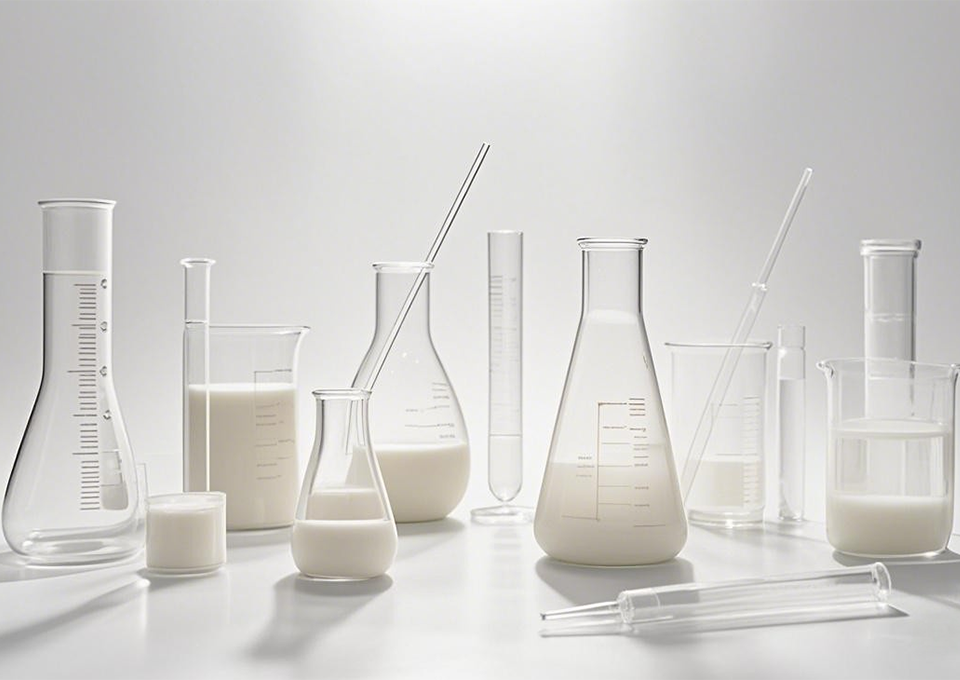While acrylate emulsion is widely used in coatings, adhesives, and packaging, several alternatives exist, each with unique properties suited to specific applications. One common alternative is vinyl acetate emulsion, which is cost-effective and offers good adhesion to porous substrates but generally has lower water resistance and flexibility compared to acrylate emulsion. Styrene-acrylate emulsion, a copolymer of styrene and acrylic monomers, provides improved chemical resistance and hardness, making it suitable for industrial coatings, though it may have lower flexibility than pure acrylate emulsion. Polyurethane dispersions (PUDs) are another alternative, offering excellent abrasion resistance, flexibility, and water resistance, making them ideal for high-performance coatings and adhesives, though they often come at a higher cost. Natural-based emulsions, such as those derived from starch or plant proteins, are gaining traction in eco-friendly applications, though they may have limitations in terms of performance and shelf life. For E Plus Chemical Co., Ltd., understanding these alternatives helps highlight the strengths of its acrylate emulsion, which, thanks to advanced catalytic polymerization technology, offers a balance of flexibility, adhesion, water resistance, and cost-effectiveness. The company’s acrylate emulsion, produced with high-purity monomers like 2EHA and supported by a 240,000-ton annual capacity, stands out in applications requiring consistent performance across diverse conditions, from medical tapes to packaging adhesives, where alternatives may fall short in meeting specific technical requirements.
